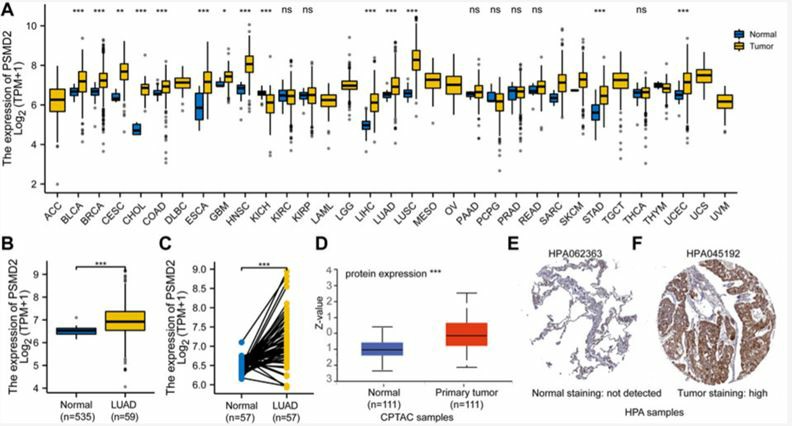PSMD2 and Associated Diseases
Creative Biolabs has been a long-term expert in the field of drug discovery. Based on our years of experience and advanced platforms, we can provide technical support services at all stages of your projects. Here we describe the PSMD2 gene and associated diseases for our clients.
Introduction of PSMD2
In humans, the PSMD2 gene contains 23 exons and is located on chromosome band 3q27.1. As a member of the PSMD gene family, the function of PSMD2 is involved in cell proliferation, apoptosis, and cell cycle development. Encoded by the PSMD2 gene, 26S proteasome non-ATPase regulatory subunit 2, also as known as 26S Proteasome Regulatory Subunit Rpn1, is a non-ATPase subunit responsible for substrate recognition and binding. Composed of 909 amino acids, the Rpn1 has a size of 100 kDa and a theoretical pI of 5.10. 26S proteasome plays important role in maintaining the homeostasis of the cellular proteome, and Rpn1 is an important subunit of the 19S regulatory particle to form the core of the "base" subcomplex. This subunit can interact with tumor necrosis factor type 1 receptor to participate in TNF signaling pathway.
PSMD2 and Cancer
Many previous studies have pointed out that PSMD2 is involved in a variety of human cancers. High expression of PSMD2 can be detected in lung adenocarcinoma and is associated with poor prognosis. In addition, genetic mutations in PSMD2 also affect overall survival in lung adenocarcinoma. In human colorectal cancer, PSMD2 causes the degradation of multiple Ras-associated GTPases, which subsequently inhibits cell proliferation and affects the cell cycle by blocking NF-kappaB signaling. In human breast cancer, PSMD2 can mediate its ubiquitin-proteasome degradation by interacting with p21 and p27, ultimately promoting cell proliferation and cycle progression in breast cancer. In human liver cancer, PSMD2 can regulate the proliferation of HepG2 cells through p38-JNK and AKT signaling. In conclusion, PSMD2 has been served as a potential target for the treatment of various cancers.
 Fig.1 Expression pattern of PSMD2 in Pan-cancer perspective and lung adenocarcinoma. (Zhao, 2022)
Fig.1 Expression pattern of PSMD2 in Pan-cancer perspective and lung adenocarcinoma. (Zhao, 2022)
Related Services
- Viral Vector Design and Construction
- mRNA Therapeutics
- siRNA In Vitro Screening Service
- ASO In Vitro Screening Service
If you are interested in our services, please do not hesitate to contact us for more details.
Reference
- Zhao, H. Lu, G. Prognostic Implication and Immunological Role of PSMD2 in Lung Adenocarcinoma. Frontiers in Genetics. 2022:1488. Distributed under Open Access license CC BY 4.0, without modification.
